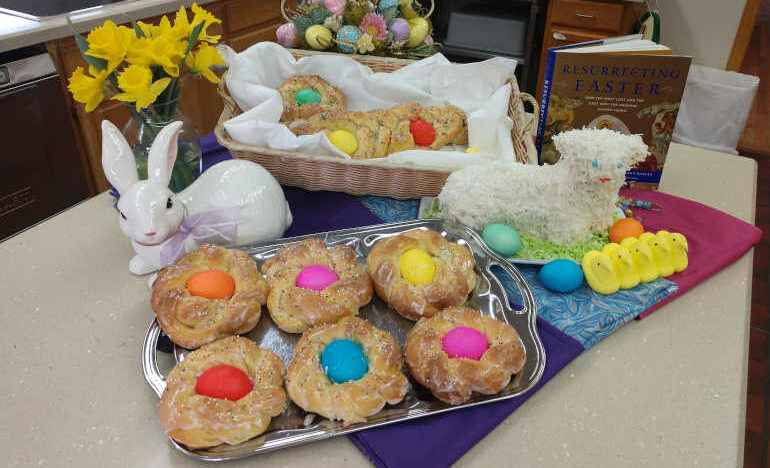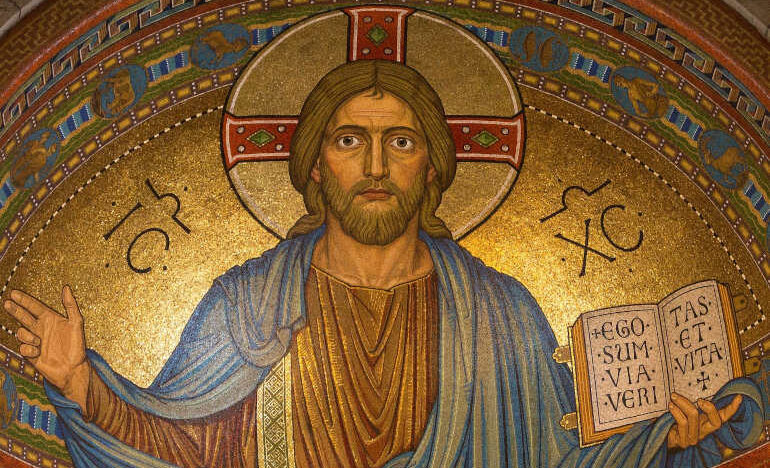What is a Circle of Understanding?

By Jean Swymeler
The Precious Blood Renewal Center began hosting Circles of Understanding a couple years ago. Our promotional material describes the circles as “where people from all faiths, races, cultures, ideologies, ways of life, and backgrounds are welcomed and celebrated.” The circles fit our mission, which is to be a safe and sacred place that promotes healing and reconciliation.
Our next Circle is Nov 23 (for details or to register, visit this page.)
Although we’ve been hosting Circles of Understanding for a while, some people still wonder what they are and what to expect when they attend. For that reason, I’d like to explain Circles briefly, with the hopes that I can encourage more people to join us.
Simply put, a Circle of Understanding is a circle of people who want to share from their hearts and listen from their hearts to other people. The ultimate goal is to learn about people who are different culturally, spiritually, ethnically. Following is what the meetings of the circle typically looks like.
People gather in a circle formation with a low table in the center. The circle formation is important because it allows each participant to be open to everyone. A facilitator, who has been trained in the practices and protocols of a circle, begins a session with a reading or by offering a short meditation or prayer and then invites each member of the circle to introduce themselves.
Next the facilitator begins asking a short series of questions of the group. The questions are asked one at a time. The questions are planned to guide the circle through a conversation. A typical question would be something like, “What gives you joy in your day to day living?” After some silent reflection, the facilitator invites members of the circle to share their thoughts.
The process is repeated for each question. Typically circle groups will share four or five questions.
One of the most important parts of the circle is the “Talking Piece,” which can be anything that a person can hold in their hand and pass around the circle. A rock, a heart, a picture — anything that can be easily held and passed from person to person can be a Talking Piece. Only the person holding the talking piece speaks. Believe it or not, this simple practice helps others to listen.
The Talking Piece is picked up from the table in the center of the circle and the person holding it shares about the question. The rest of the circle quietly listens with their hearts to the sharing. After sharing, the person passes the piece to the next person either on their left or right, who can share and passes the piece onward. The person also has the option of passing.
After everyone shares or has had the piece in their hands, it is placed back on the table and if someone wishes to share they can pick up the piece at that time. There is no pressure to share, only an opportunity.
Nothing shared is commented on by anyone. Thus everyone feels the total freedom to share from their hearts. Of course everything shared is confidential.
The wonderful thing about the circle is that each person gives the gift of themselves and everyone is richer because of it. We move from the “I” to the “we” in the circle of understanding.
Think about joining us at our next Circle, which is November 23. We begin at 10 a.m.
[Jean Swymeler is the mother of five children and grandmother of 14. A cradle Catholic, Jean describes herself as a contemplative activist. Jean completed circle training in Chicago at the Precious Blood Ministry of Reconciliation in the summer of 2011.]
Related

Easter Bread (Pane di Pasqua)
By Lucia Ferrara
Easter bread is a fun bread. It’s a fun bread to make with your children, with your family, with neighbors and friends. The tradition of Easter bread dates back centuries and comes from many parts of the world.

Easter Sunday, the Resurrection of the Lord
Today’s scriptures tell us how three days changed the world. How have they changed you?
Categories
Assembling God's Puzzle Coffee with Padre Cooking & Spirituality Encounters of the 4th Kind Family Matters Reflections on the Eucharsitic Prayers Spiritual Resources Taize Prayers The Contemplative Life Traveling with Pilgrims of Hope Uncategorized Videos Week of Prayer for Uhristian Unity When you need a little help
